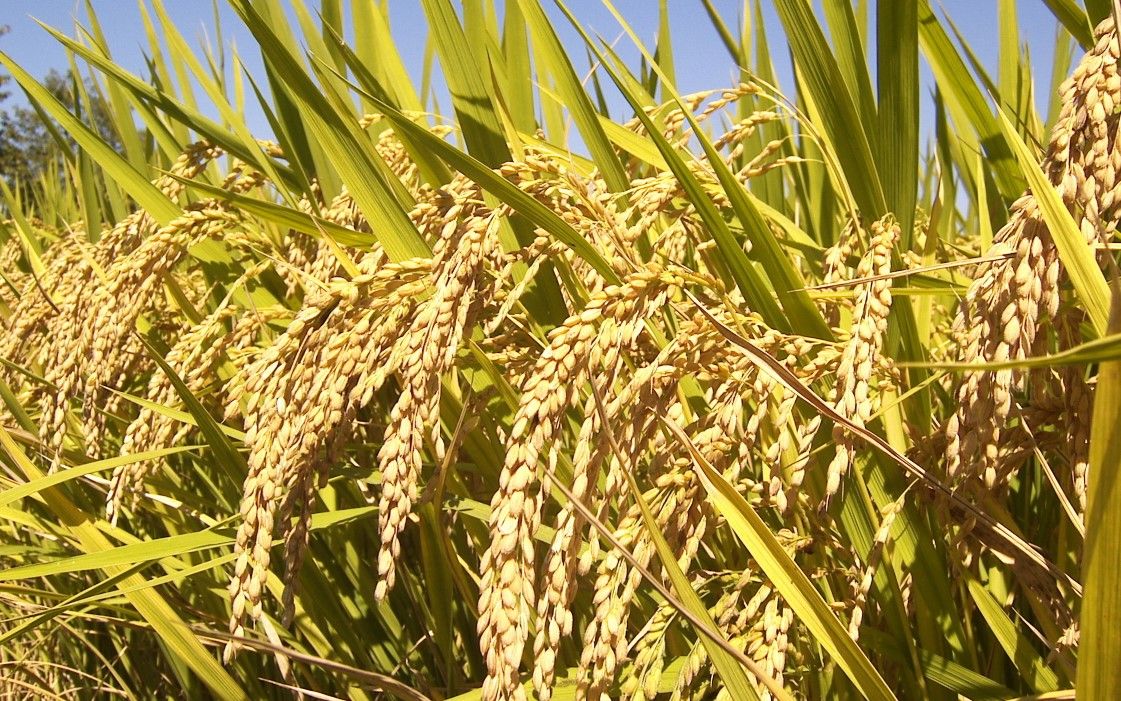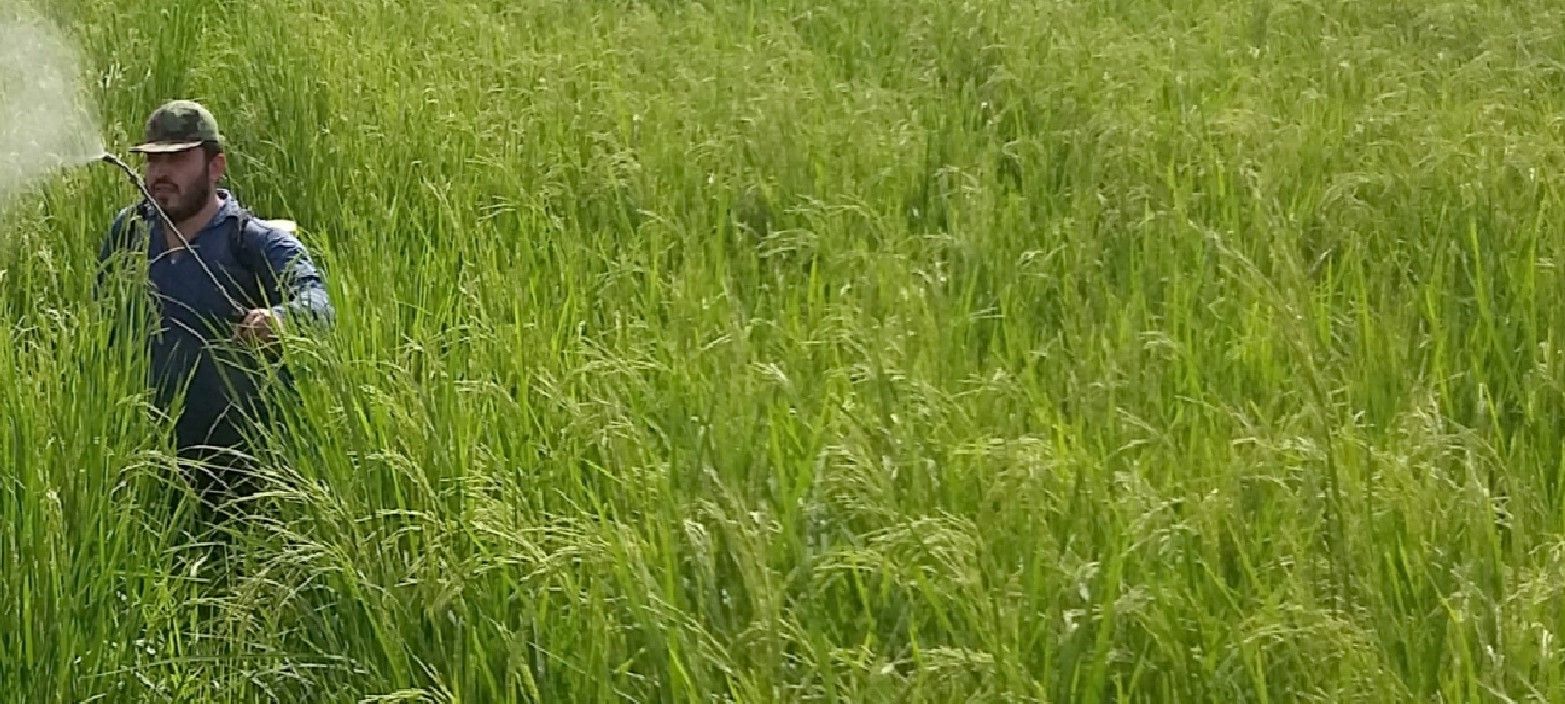A recent study has found that the nutritional value of rice improves with the application of nanofertilizer, a discovery that could have a profound impact on the war on hunger.
Earlier studies have already shown that nanofertilizers can reduce fertilizer waste. For example, a recent report in the industry journal Agronomy, states that, “… 75% N of urea after application in field is lost through volatilization … or through leaching or runoff to water bodies. Current N fertilizers face the problem of low nitrogen utilization efficiency (<20%) causing eutrophication and greenhouse gas increase.” Adding that, “… key macronutrient elements, including N, P, and K, applied to the soil are lost by 40–70 %, 80–90 % and 50–90%, respectively, causing a considerable loss of resources. The excess phosphorus becomes ‘fixed’ in the soil, where it forms chemical bonds with other nutrients and becomes unavailable for uptake by plants.”

It is already well known that as the human population continues to rise, there is an urgent need to produce more food.
However, with limited available farmland coinciding with the majority of population growth occurring in developing countries the need to produce more nutritious food is also becoming an issue.
This latest study has now proven that nanofertilizers may help solve three of the planet’s key challenges: sustainability of natural resources, mankind’s impact on the environment, and global hunger.
Given that rice is a base food source for so many people (more than three billion people consume rice for more than 20% of their daily calorie intake) the study looked at the way that nanofertilizers can improve its nutritional value.
According to Ricepedia, “Rice is the fastest growing food staple in Africa, and also one of the fastest in Latin America.” While, “In the Middle East, rice consumption has nearly doubled in the past two decades.”
The study was conducted by the Islamic Azad University and the Gorgan University of Agricultural Sciences and Natural Resources at two different plots in northern Iran, a region with a naturally low levels of silicon (Si) and zinc (Zn) in the soil.
Led by Prof. Norollah Kheyri from Islamic Azad University, the team compared the effect of soil-Zn, soil-Si, nano-Zn, and nano-Si application on the growth of the rice variety Oryza sativa L.

A report published in The Digital Library of the Alliance of Crop, Soil, and Environmental Science Societies describes the experiment as follows; “Nano-fertilizers were applied to rice leaves at four key times in the plant’s life cycle: early tillering, middle tillering, panicle initiation, and full heading stage. Soil fertilizers were applied once when rice seedlings were transplanted into paddies at the beginning of the growing season.”
While the results have now been published in the Agronomy Journal, where the team conclude that, “Application of nano‐Zn, nano‐Si, soil‐Zn, and soil‐Si significantly increased GY (grain yield) by 12.6, 9.5, 9.2, and 6.9%, respectively, above the control.”
Adding that, “Application of Si and Zn through NPs [nanoparticles] had greater effects than soil form for some experimental parameters, such as fortification of rice grains. Overall, our results suggest that Si and Zn applications as NPs could … enrich rice grains with Si and Zn … leading to higher GY and nutrients accumulation in grain.”

The study also noted the advantages of applying silicon and zinc together.
“There is a synergistic interaction between Si and Zn,” Kheyri says, “which improves the absorption of these elements in the plant.” This was particularly evident in the increased protein content on plants fed nanofertilizer.
While the team did note that applying nanofertilizer four times during the course of the year is a time-consuming practice, Kheyri believes that on larger farms, “These problems can be solved by the use of sprayer drones.” Noting that on smaller farms nanofertilizer can be applied by backpack sprayer, as it was on the study plots.

The ability to apply nanofertilizer by unmanned aerial vehicle further highlights how little fertilizer product is needed for effective crop nutrition. This could be a crucial benefit to farmers in rural developing countries where poor infrastructure makes supplying conventional fertilizers logistically difficult or prohibitively expensive.
Significantly, these rural areas are where food poverty is most likely, especially if they have no access to fertilizer.
The low volume of nanofertilizer can therefore be a key advantage towards combating hunger. One that runs alongside how nanofertilizers reduce resource wastage, aid soil health, cause less environmental damage, and additionally improve a crop’s nutritional value.
As such the case for using nanofertilizers is made clear, leaving the road open for farmers to make the obvious choice in switching away from traditional fertilizers.
As Kheyri states, “If farmers have enough positive effects on increasing yields and incomes, improving human nutrition and reducing environmental pollution, they will be willing to adopt nanoparticle fertilizers.”
Photo credit: Wiley, Wikipedia, Ifpnews, & Environmentalleader
